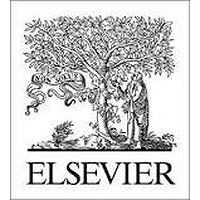The Pig-a assay, which uses the endogenous phosphatidylinositol glycan, class A gene (Pig-a) as a reporter of mutation, has been developed as a method for evaluating in vivo mutagenicity. Pig-a gene mutation can be detected by identifying the presence of CD59, the glycosylphosphatidylinositol anchor protein, on the surface of erythrocytes (RBC Pig-a assay) and reticulocytes (PIGRET assay). The International Workshop on Genotoxicity Testing (IWGT) showed the usefulness of the RBC Pig-a assay through the evaluation of several compounds. Aristolochic acid (AA), one of the evaluated compounds in the IWGT workgroup, is a carcinogenic plant toxin that is a relatively strong gene mutagen both in vitro and in vivo, but a weak inducer of micronuclei in vivo. In the present study, we examined the mutagenicity of AA in the peripheral blood of rats treated orally with a single dose of AA using Pig-a assays. Furthermore, we evaluated the advantages of the PIGRET assay compared with the RBC Pig-a assay. The results showed that a statistically significant increase in mutant frequency of the Pig-a gene was detected at day 28 by the RBC Pig-a assay, and at days 7, 14 and 28 by the PIGRET assay. In addition, the mutant frequency by the PIGRET assay was higher than that by the RBC Pig-a assay. These results indicate that the mutagenicity of AA can be detected using the Pig-a assays, as reported by the IWGT, and the PIGRET assay can detect Pig-a mutants at an early time point compared with the RBC Pig-a assay.

Evaluation for a mutagenicity of aristolochic acid by Pig-a and PIGRET assays in rats
Review badges
0 pre-pub reviews
0 post-pub reviews